
The story of project to transform a barren landscape into a lush, thriving forest at the “Yakama Nation Corrections & Rehabilitation Facility” to both nourish the land and help restore the lives of its inhabitants.
This ‘healing forest’ helps inmates prepare for life after prison
Planting trees to fight climate change and restore biodiversity is nothing new. But a project in Washington State has brought inmates out of their cells to create “a lush forest” of 100% native species on barren prison land – and its benefits go beyond helping the environment to helping rehabilitate the prisoners and reconnect them to nature.
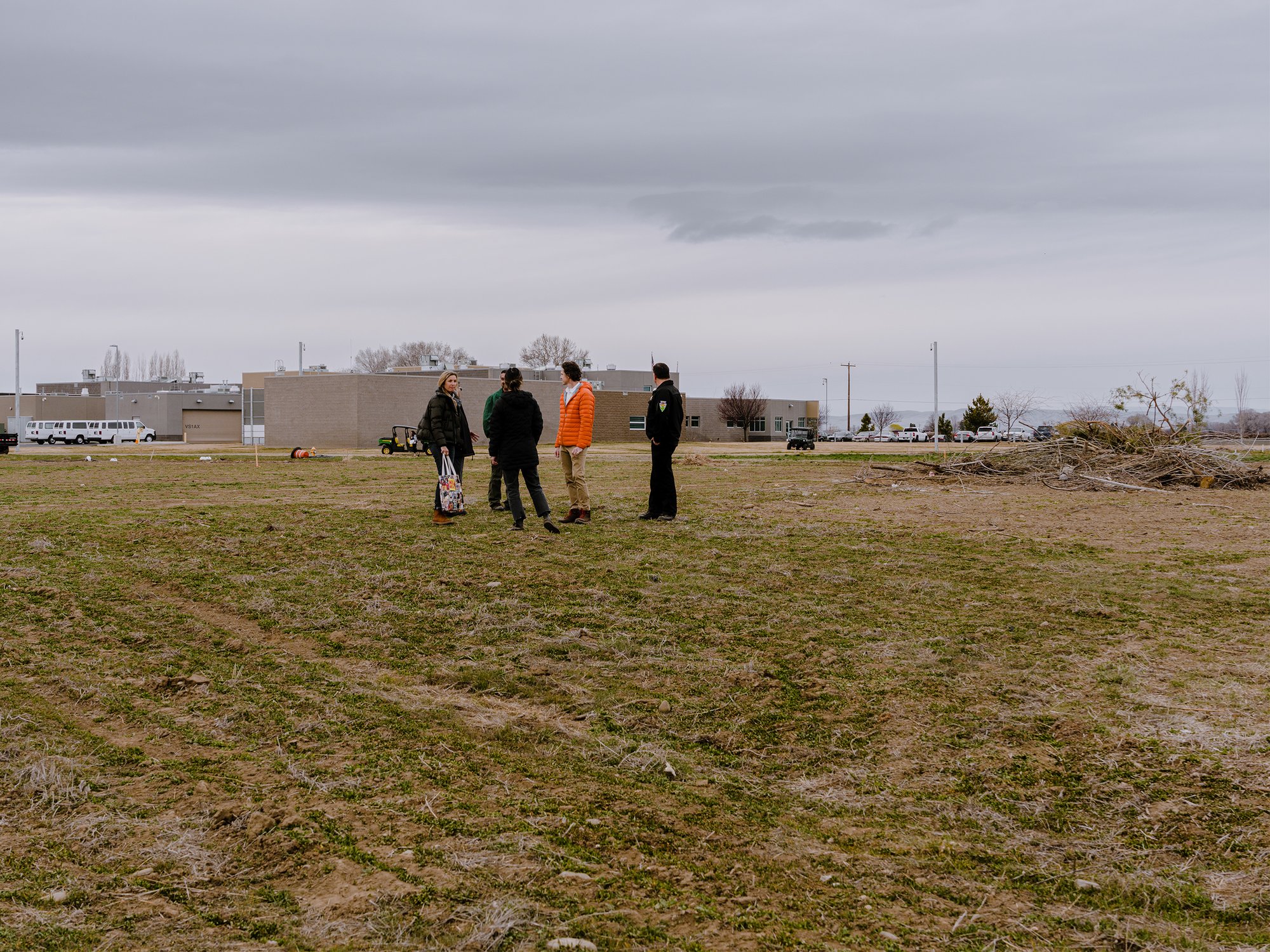
within two years, the forest will be self-sustaining
SUGi, a leader in community afforestation, has recently organised a project at a correctional facility in the United States where inmates have been planting what they call “the healing forest”. The project is funded through SUGi’s partnership with the global brand Breitling.
“Part of the philosophy is to bring a type of rehabilitation programme to our inmates that would get them out of the detention facility,” said Chief Vernon Alvarez, a member of the Shoshone-Bannock Tribes of Idaho and Chief of Yakama Nation Corrections.
According to SUGi’s founder, Elise Van Middelem, native forests are “30 times denser, capture 16 times more carbon and are 100 times more biodiverse than conventional tree plantations. We’ll begin with 5,000 trees planted in two phases and within two years, the forest will be self-sustaining.”
SUGi’s global community of Forest Makers, whose work is showcased on the World Economic Forum’s UpLink innovation collaboration platform, uses the Miyawaki method of planting. Pioneered in Japan, this involves planting diverse species close together.
“It was discovered that, by planting the trees in close proximity and through the community of the roots communicating, and the microbiology thriving, the trees will grow 10 times faster,” said Ethan Bryson, founder of Urban Natural Forests & SUGi Forest Maker, who spearheaded the ‘healing forest’ project.
Source: WorldEconomicForum
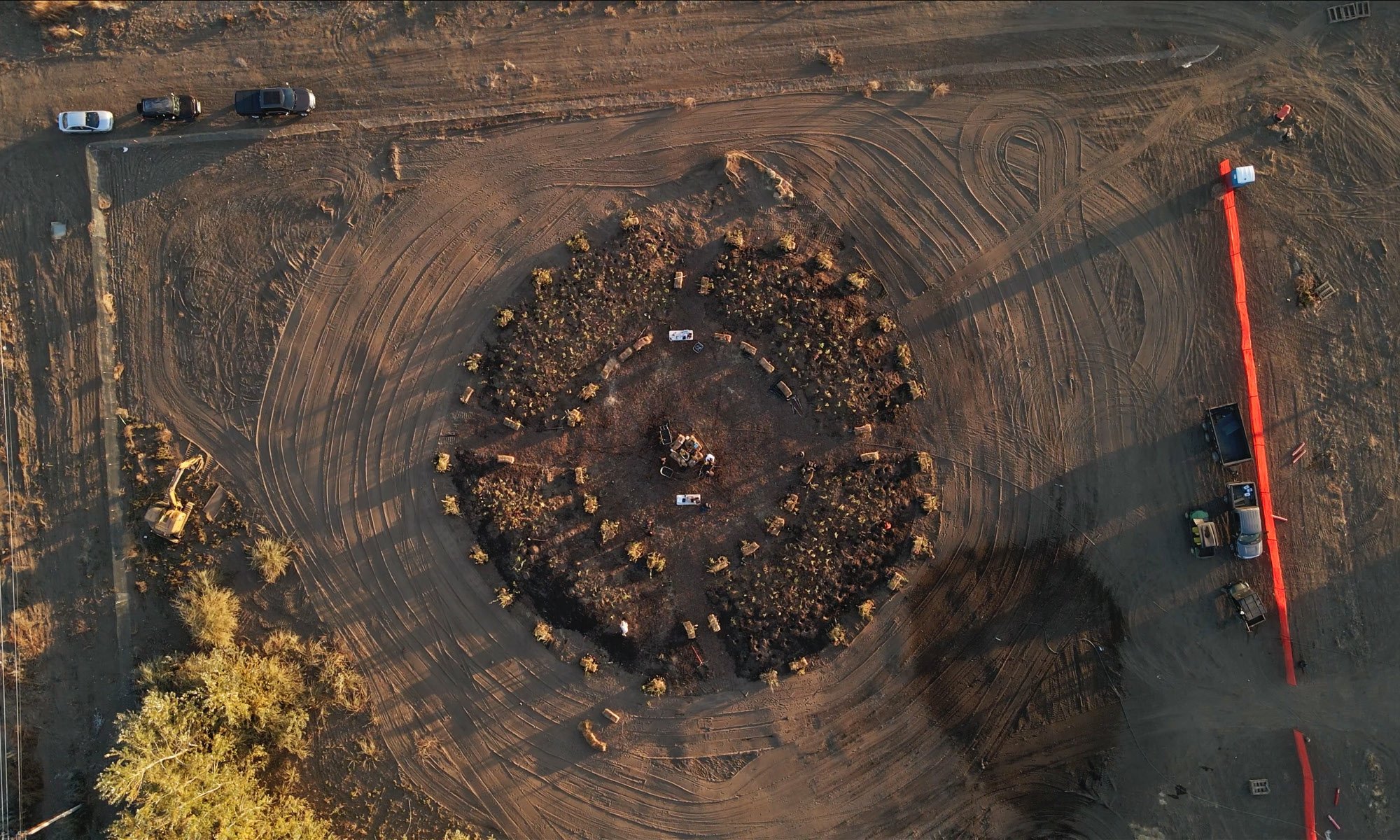
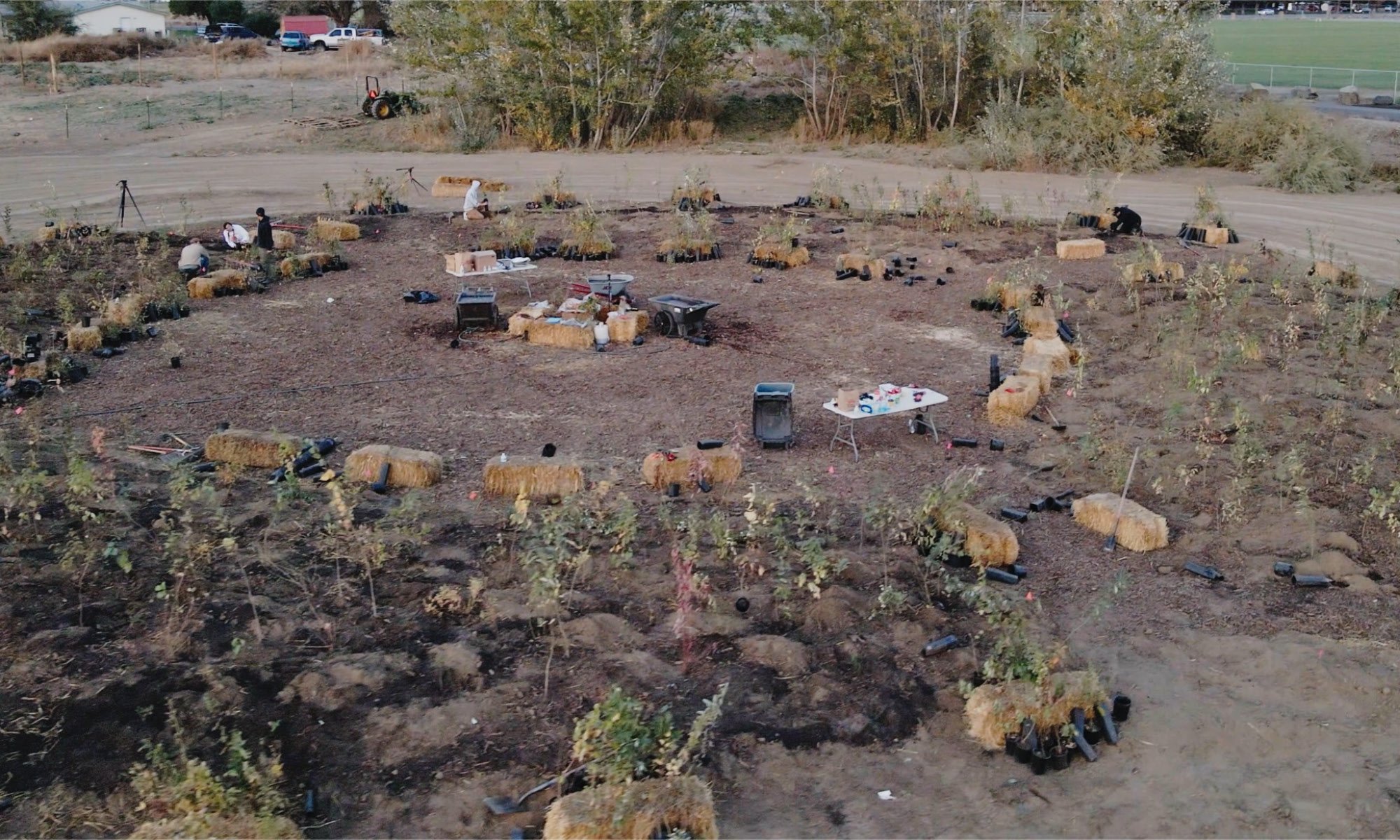
It’s about identity
In total, 36 species will be planted in the healing forest, including medicinal plants. “Our identity lies within these plants,” says caseworker Marylee Smunitee Jones, a member of the Yakama Nation. “They show us that it’s OK to be unique, that we all have our own medicines and the healing forest is needed, it’s needed very much.”
And what of the impact on the inmates? “You know, I am going to be able to come by here and show my kids that I did that,” said one prisoner. “It feels great. It makes my heart feel good.”
Brazil, which has the world’s third-largest prison population, has tried a similar approach at a jail in Rio de Janeiro state. Including the inmates in reforestation projects is said to have reduced violence in the country’s overcrowded jails and given prisoners new skills to use when they leave prison.
Source: WorldEconomicForum

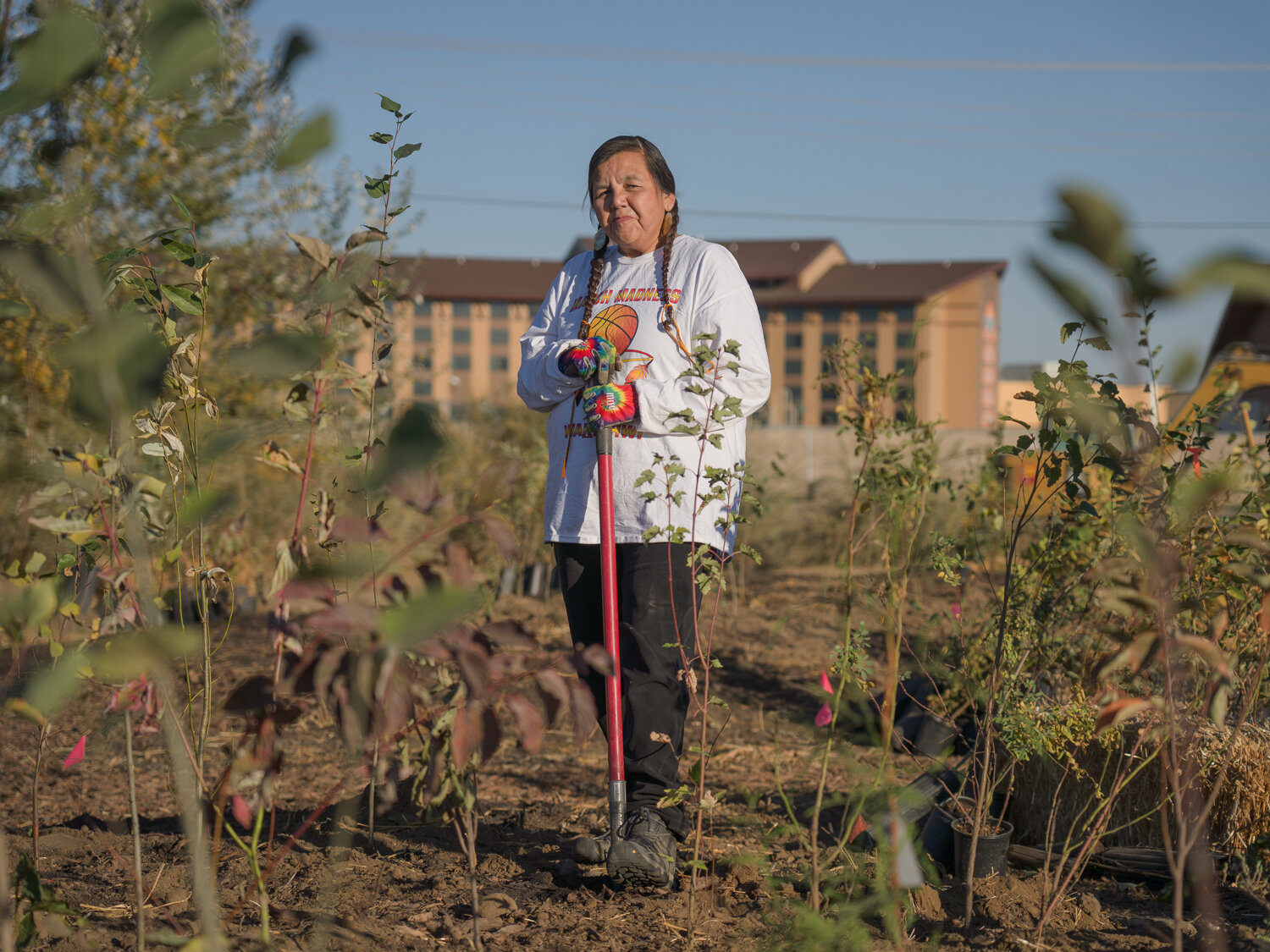
Reforesting the world
The world lost nearly 12 million hectares of tropical forest last year – equivalent to a football pitch of forest every six seconds – according to the World Resources Institute and based on monitoring by Global Forest Watch. If the current rate of loss continues, total global tree cover could shrink by 223 million hectares by 2050, reports Science.
The 1t.org platform was launched at the World Economic Forum’s annual meeting in Davos in January 2020 to encourage and coordinate efforts to plant one trillion trees by 2030. This article is part of the The Davos Agenda.
Source: WorldEconomicForum
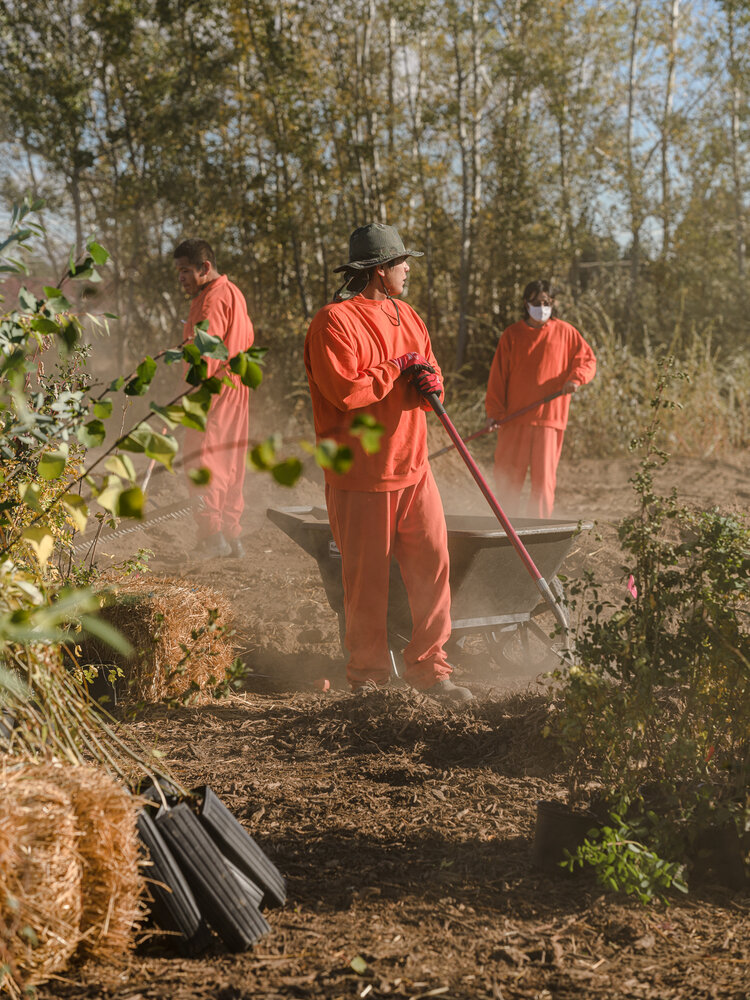
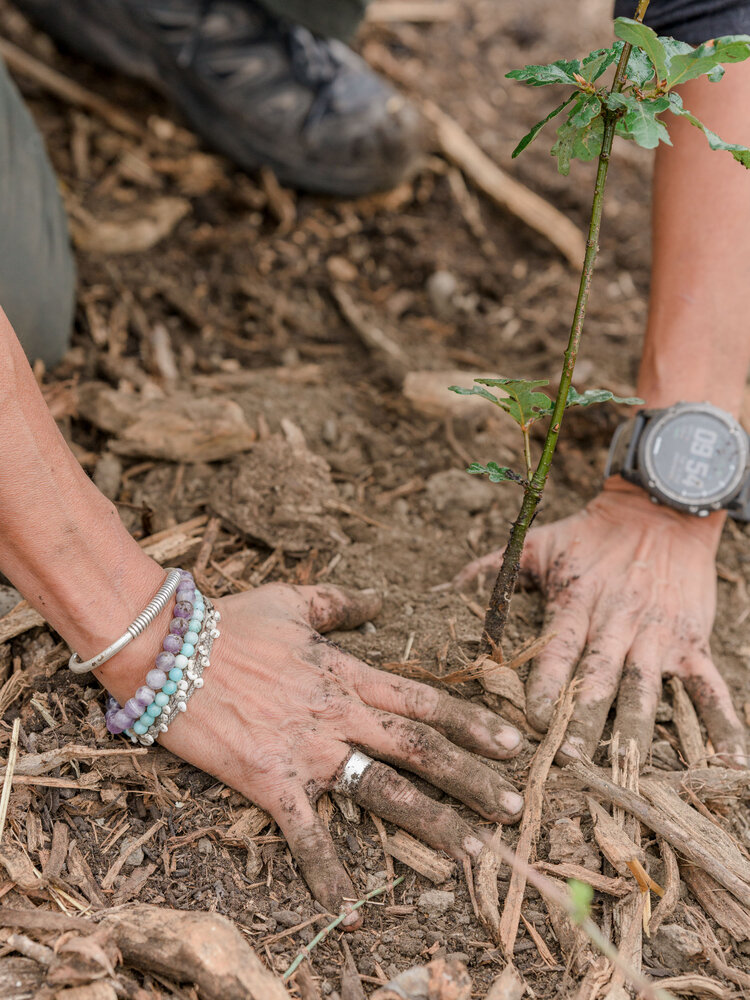
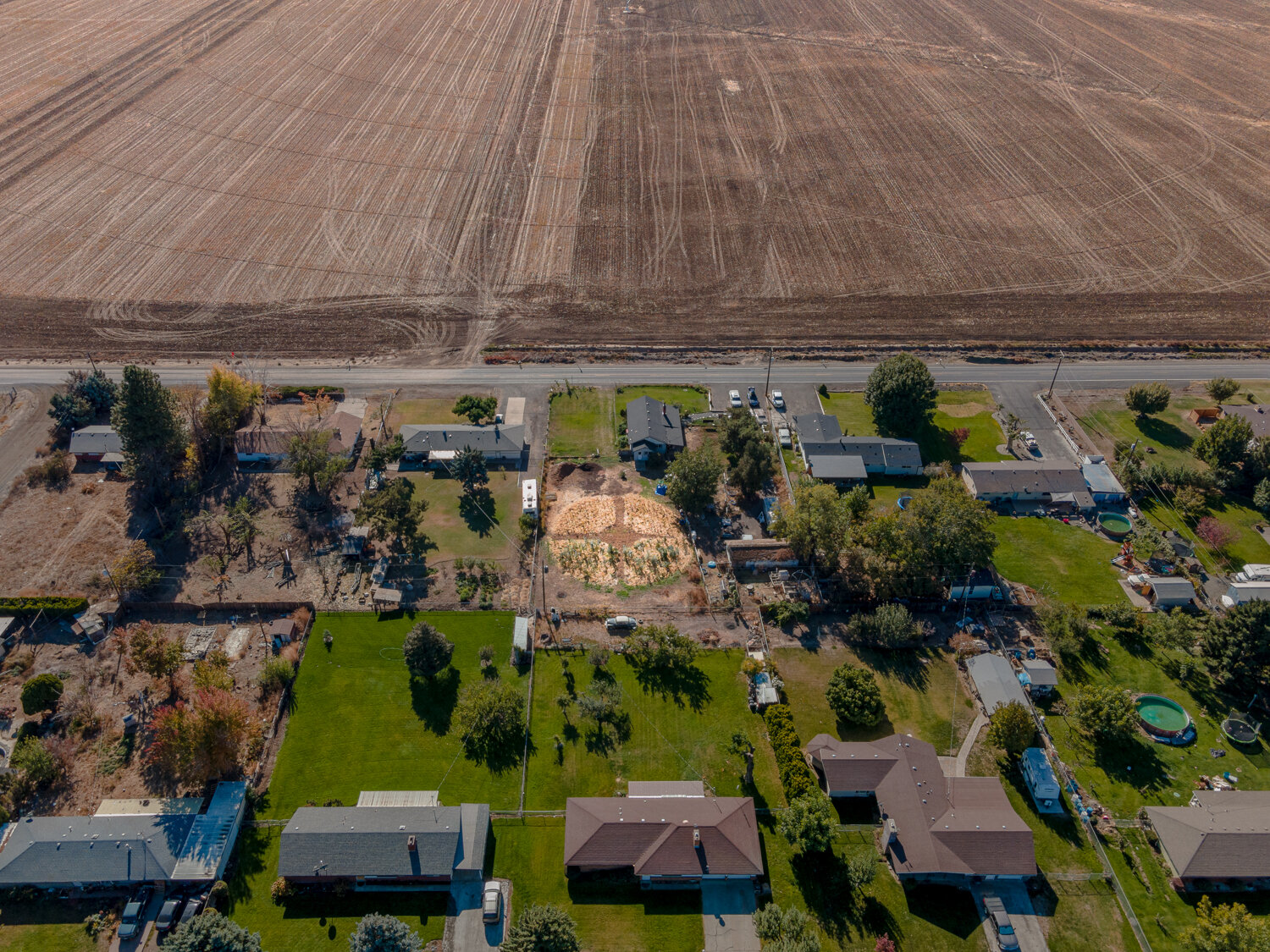
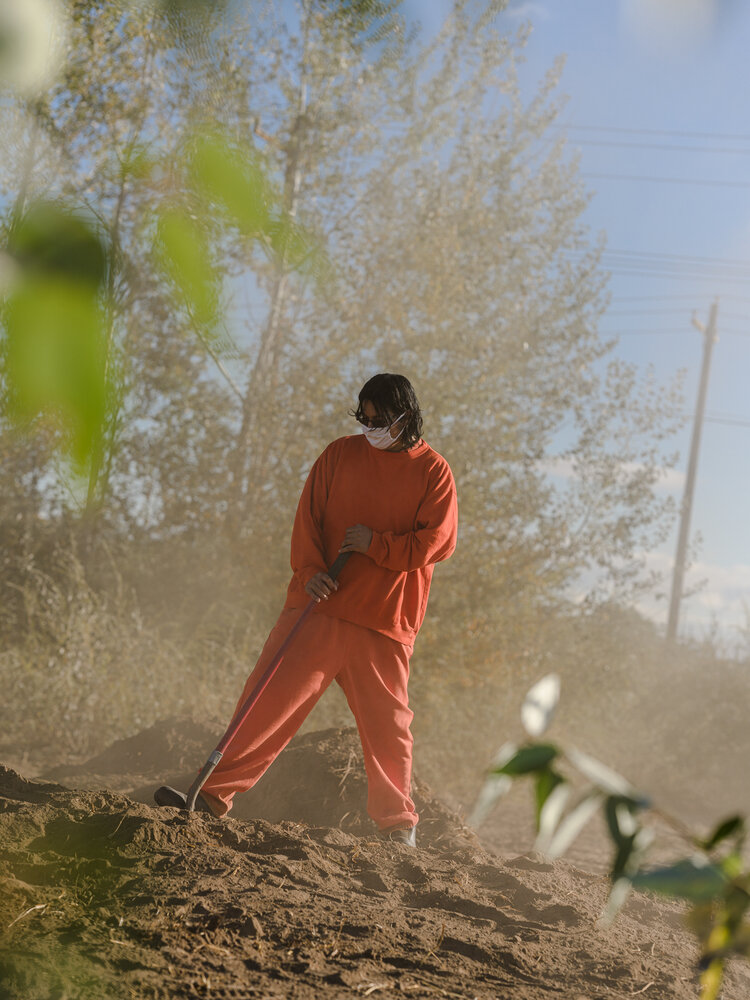
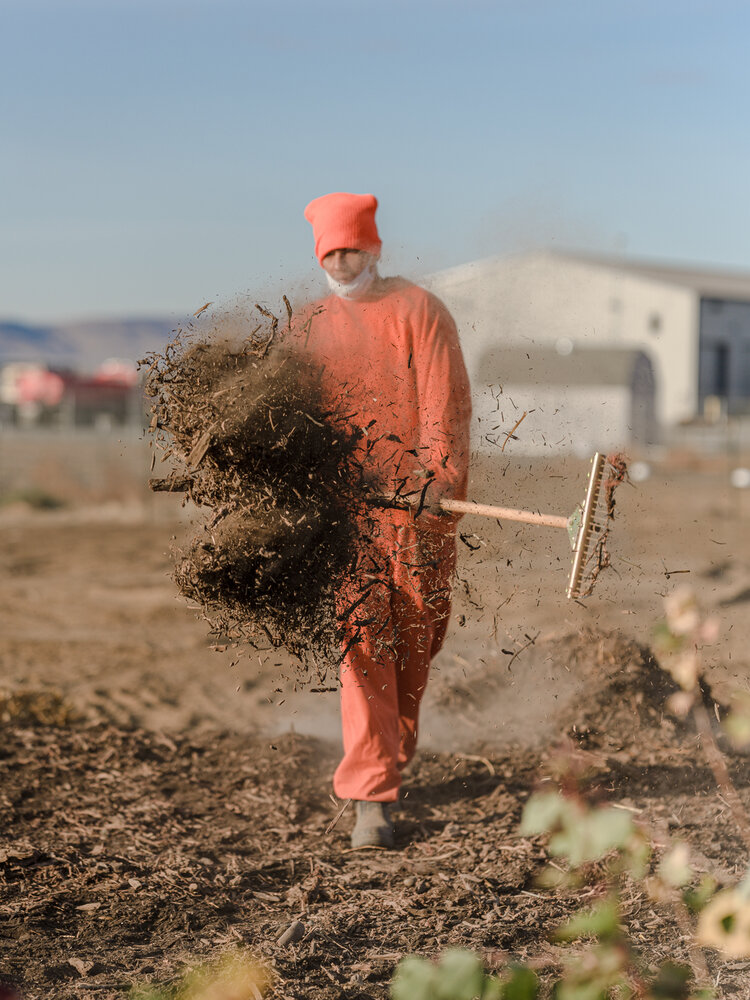
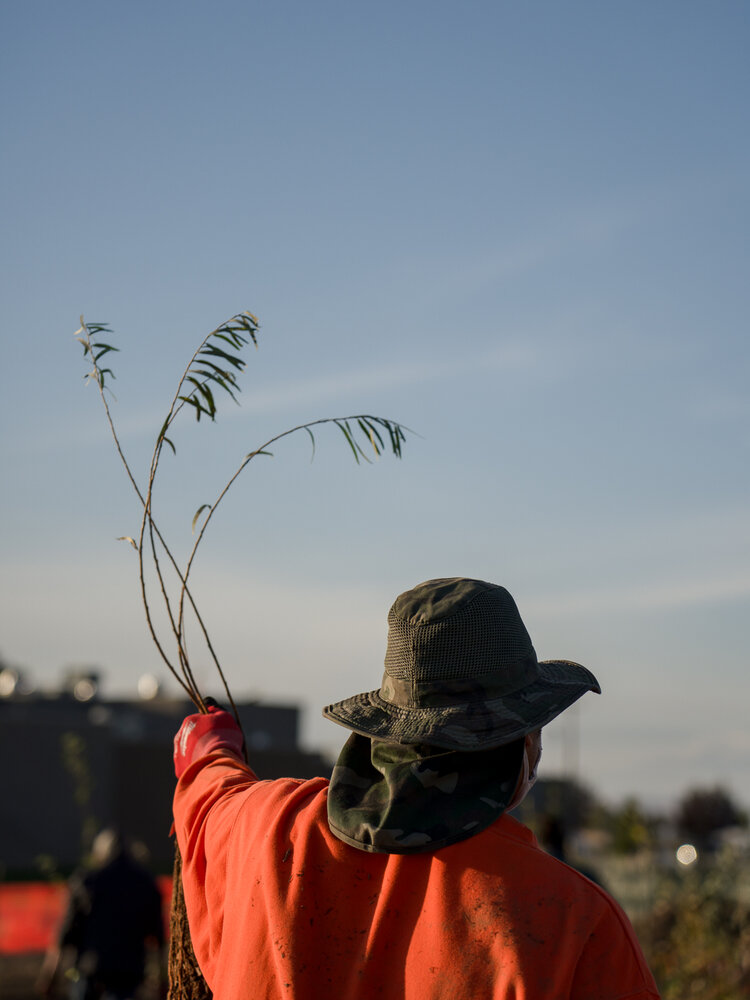
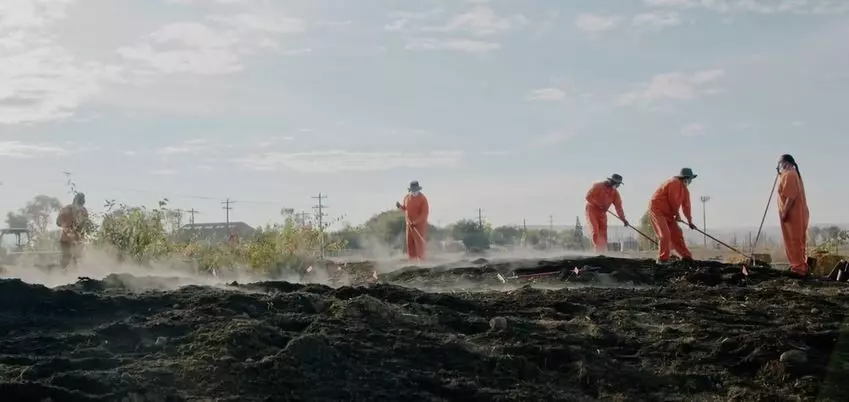
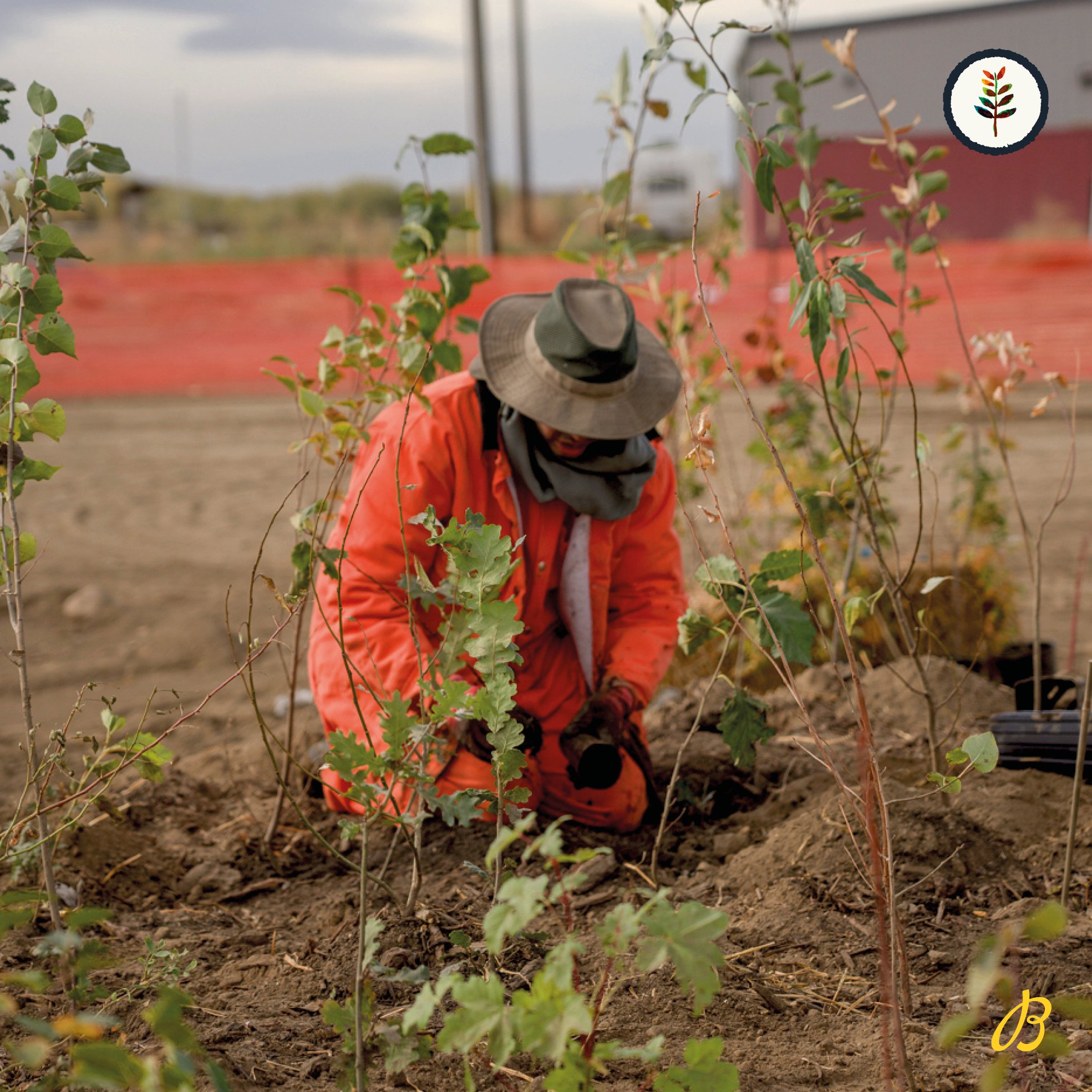
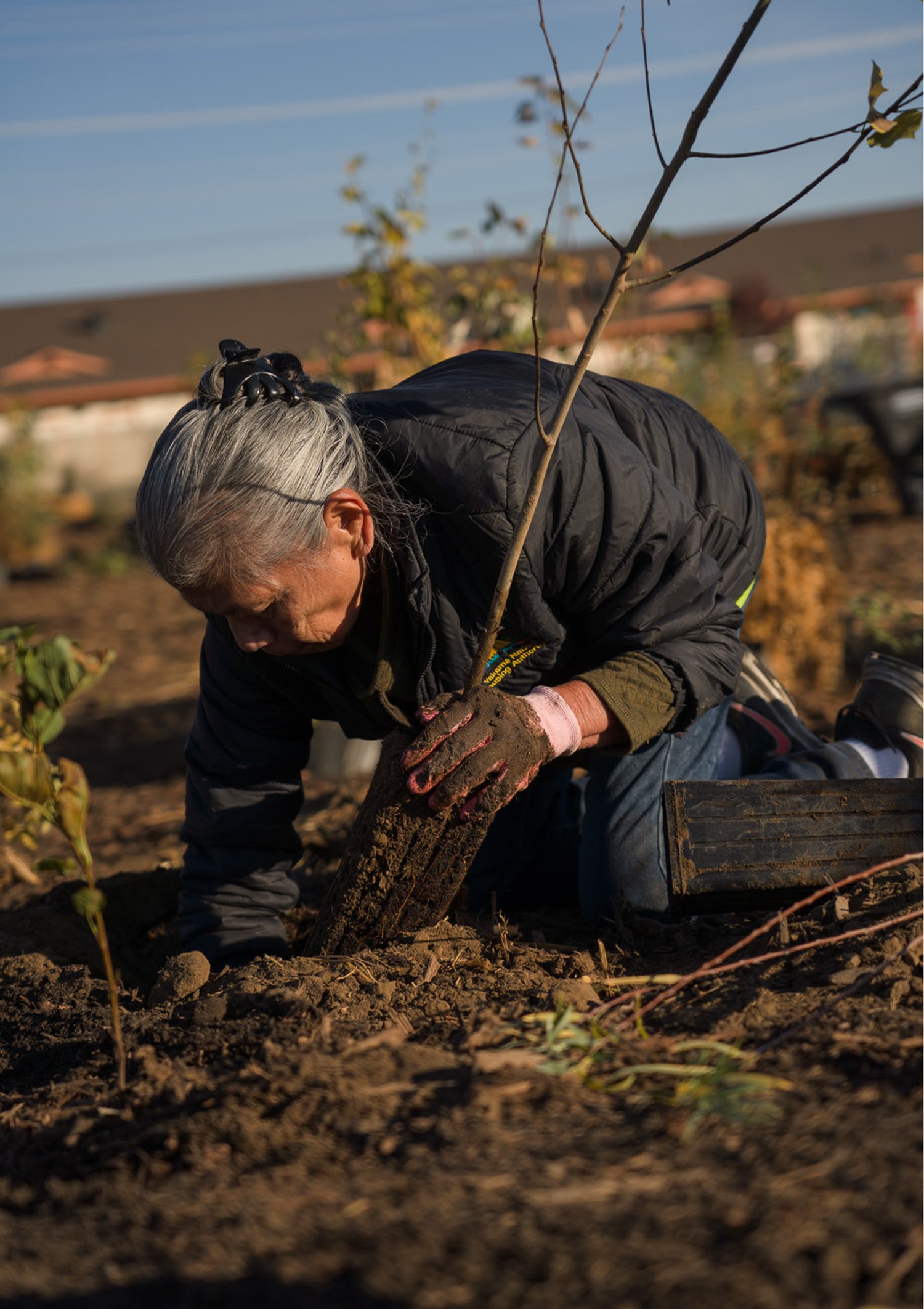
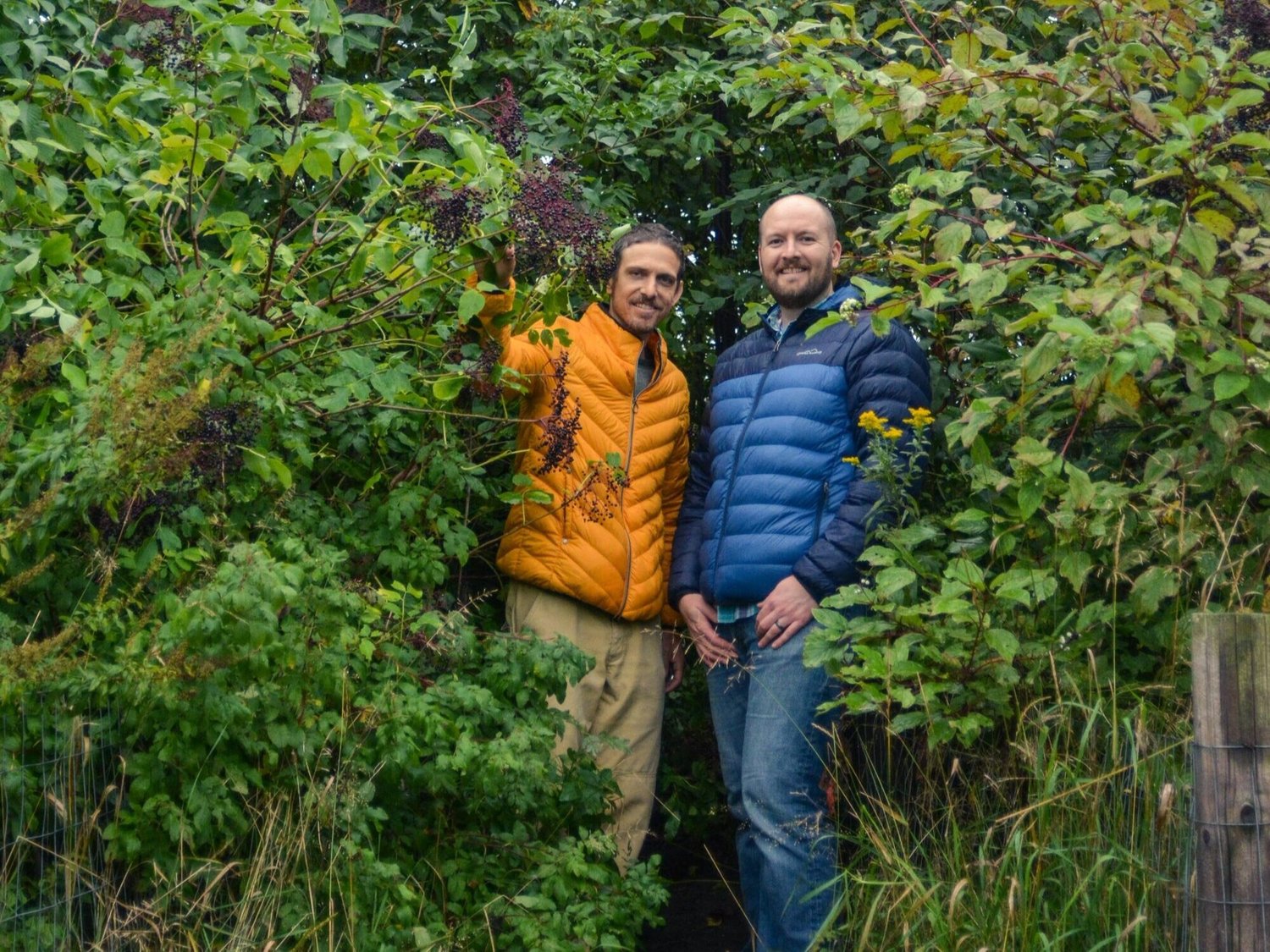
Acknowledgements
Direction and Photography: Brad Abrahams & Cody Cobb|Editor: Camille Durand|Produced by: SUGi|Special thanks to: Breitling, The Lost Explorer, Natural Urban Forests, Chief Alvarez, Marylee Jones & all those who contributed.
SUPPORT SUGI: BRING NATURE CLOSER
Join the Rewilding Generation. SUGi makes it simple and fun to be a Biodiversity Builder. Click to learn more.